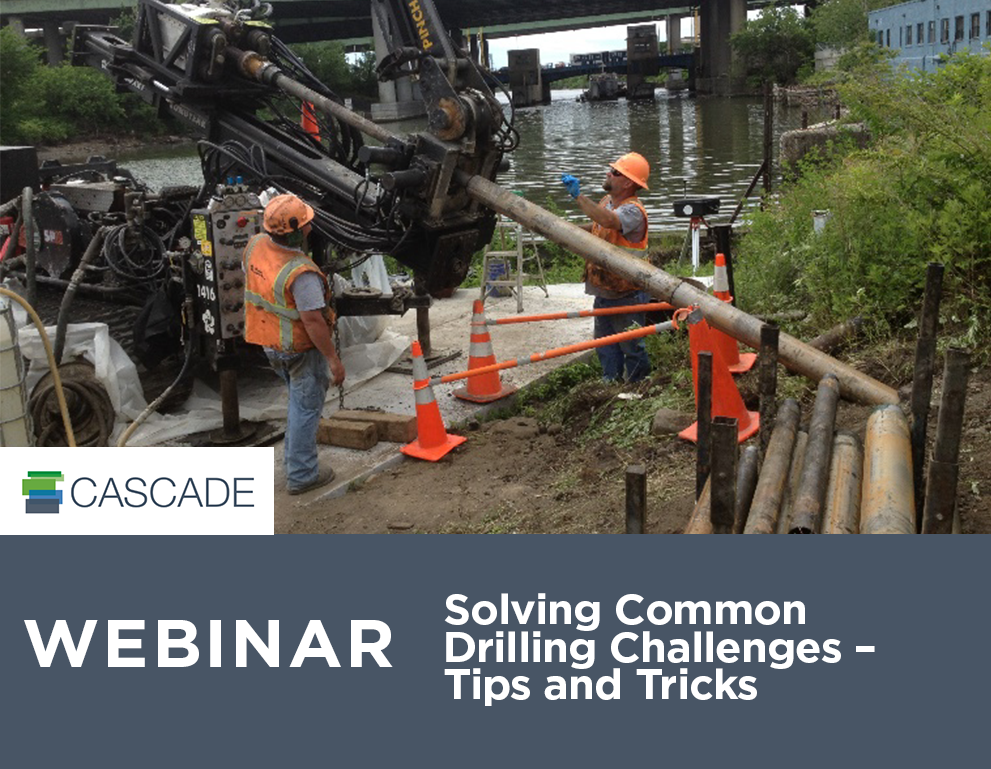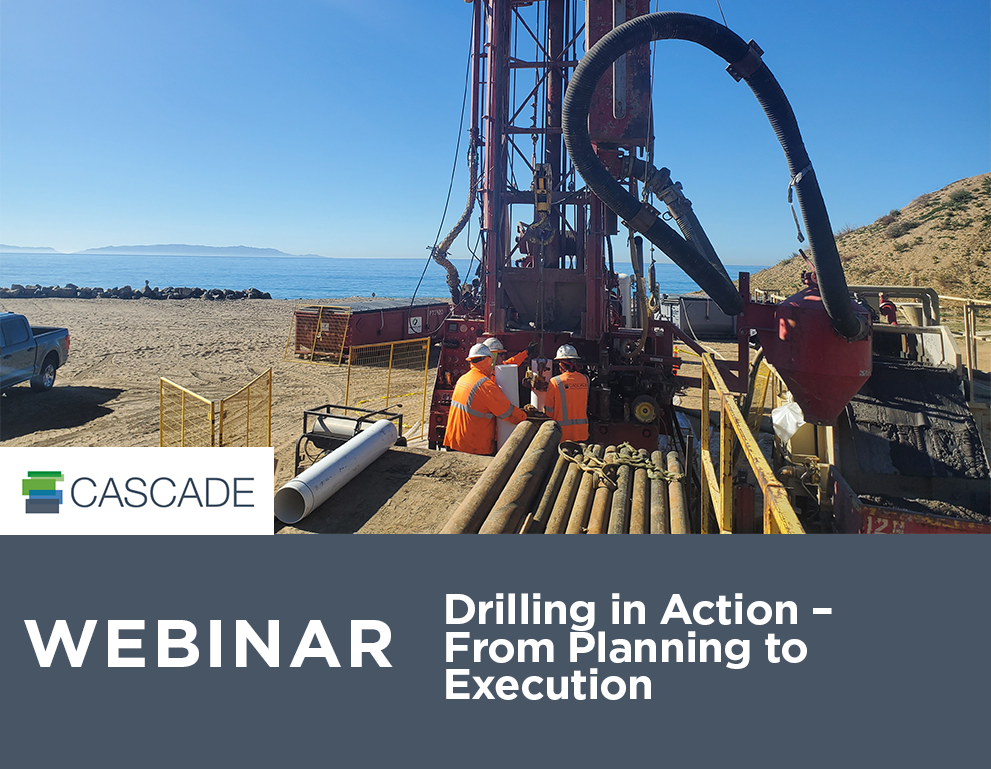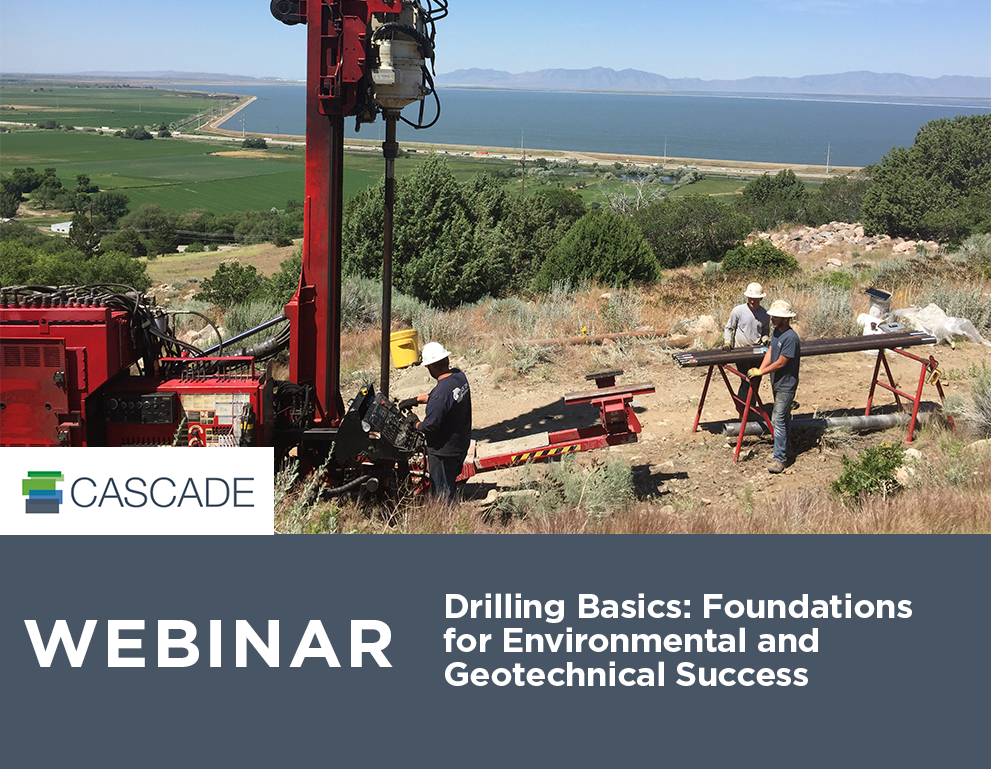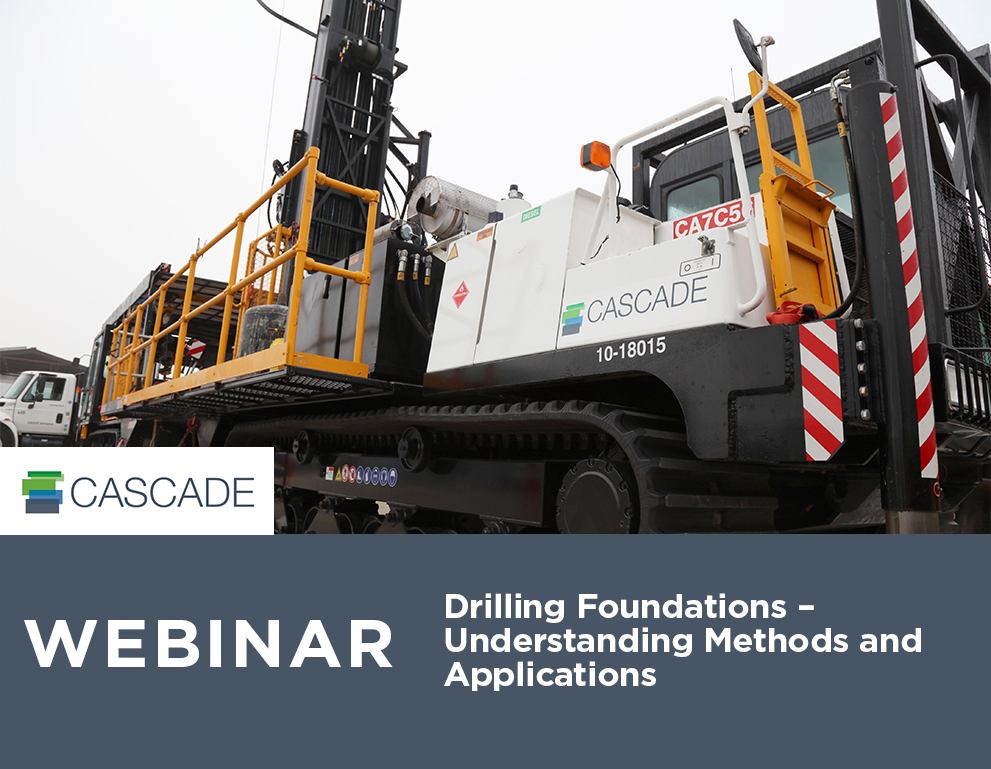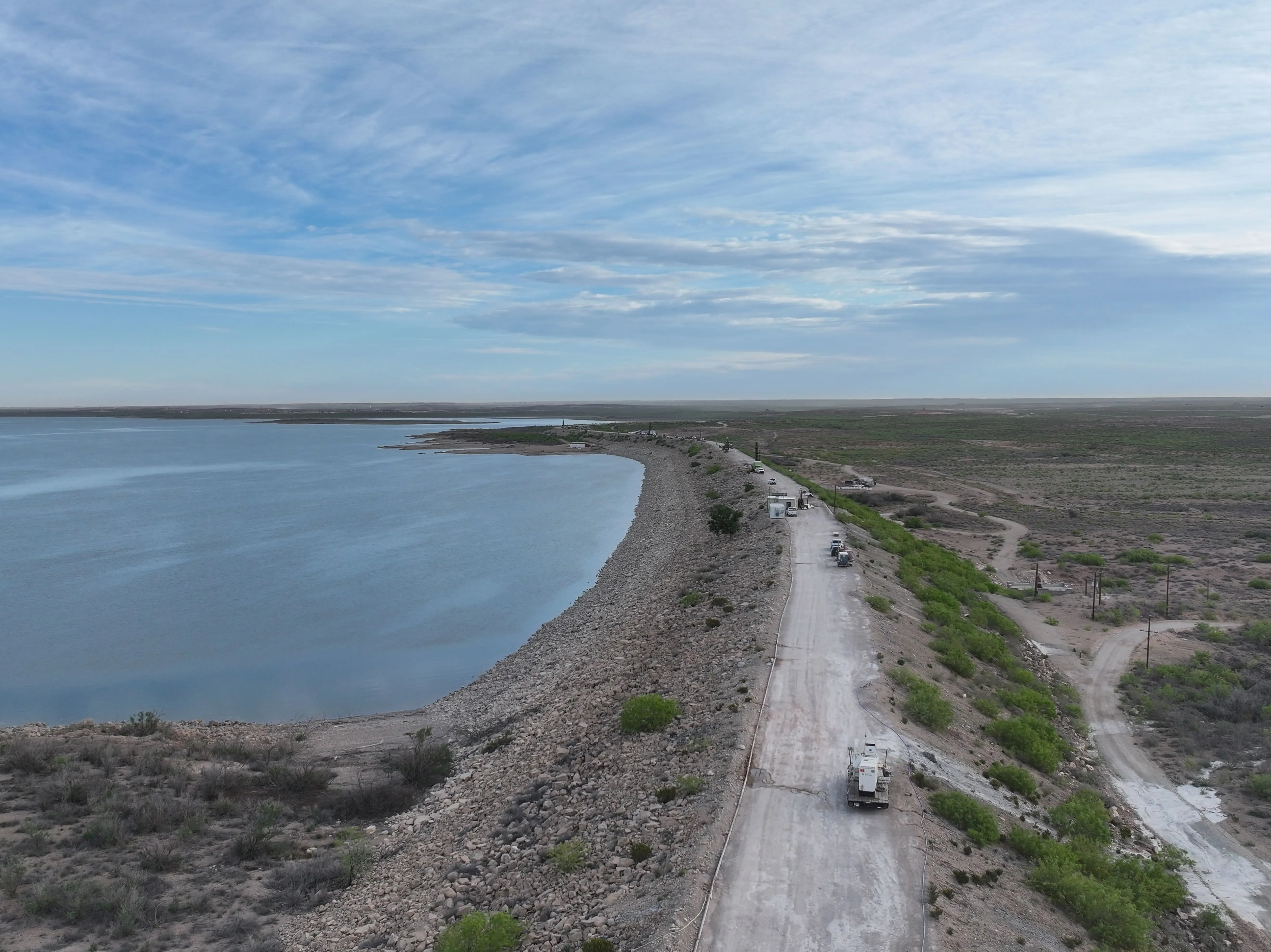Drilling 102: Introduction to Environmental & Geotechnical Drilling Methods
By: Cascade EnvironmentalIf you are considering or just starting a career in the environmental services industry, you may feel overwhelmed by all the different technologies and applications you need to learn and understand. In this blog post, we’ll cover the basics of the main types of environmental and geotechnical drilling methods.
For more detailed insights, you can also watch our on-demand webinars, “Drilling 101” and “Drilling 201: Sonic Methodologies and Best Practices.”
1. Direct Push Technology (DPT)
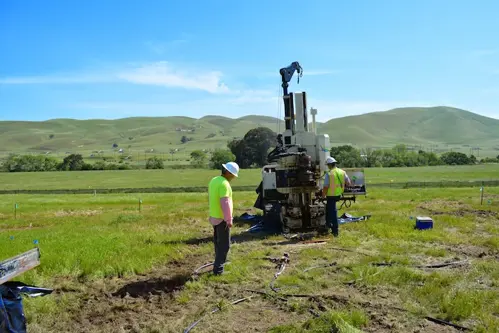
Overview
Direct Push Technology (DPT) involves pushing a series of small drill rods directly into the ground using sheer weight or a percussion hammer. Cuttings are displaced outside the borehole unless a sample is recovered, in which case they are assimilated into a sample barrel.
Hole Stabilization
Hole stabilization is achieved using small diameter flush-threaded drill rods or casings.
Pros and Cons
-
Pros: Cost-effective and versatile for shallow, unconsolidated softer subsurface applications.
- Cons: Susceptible to depth refusal; other drilling technologies may be more efficient for deeper or more complex projects.
2. Hollow Stem Auger

Overview
Hollow stem auger drilling uses force and torque applied to a drill bit and flighted augers (similar to a screw) to create a borehole. The augers lift cuttings to the surface, and the hollow center stabilizes the borehole for sampling or well installation.
Applications
Widely used in geotechnical markets for collecting standard penetration test (SPT) data to understand soil density characteristics.
Pros and Cons
-
Pros: Inexpensive, suitable for sands, silts, or clay, and ideal for environmental sampling.
-
Cons: Not suitable for rocky or dense formations and can generate a significant amount of cuttings.
3. Sonic Drilling
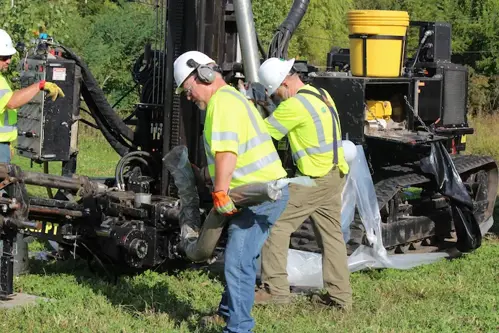
Overview
Sonic drilling advances into the subsurface by resonating a series of connected steel drill pipes at 50 to 150 Hz. The resonating drill pipe fluidizes the formation to overcome borehole friction.
Stabilization
Achieved during drilling as drilling, coring, and casing happen nearly simultaneously.
Pros and Cons
-
Pros: Provides continuous core samples, versatile, fast, and reduces investigation derived waste (IDW) by up to 70-80%.
-
Cons: Requires additional training and experience; difficult to use in fill materials like rubber and wood.
4. Rotary Drilling
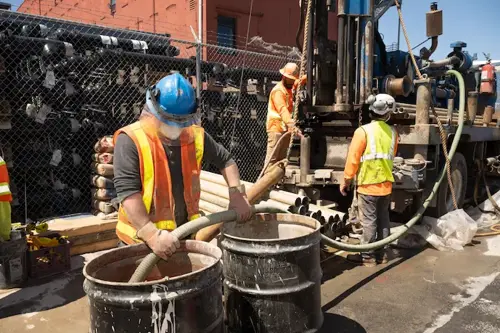
Overview
Rotary drilling encompasses various methods that penetrate using a rotating bit suspended by drill pipe. Cuttings are removed using an engineered fluid or compressed air.
Learn more about the individual types of rotary drilling >>
Stabilization
Achieved using fluid, driven casing, or self-stabilization in bedrock.
Pros and Cons
-
Pros: Capable of greater depths and borehole widths; versatile with different rotary methods available.
-
Cons: Generates significant IDW, which can be costly to manage, and less ideal for environmental sampling when additives are used.
5. Wireline and Diamond Coring
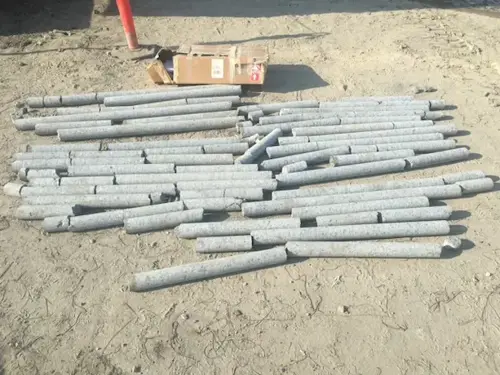
Overview
Wireline and diamond coring use a rotating core barrel bit to penetrate formations. Core samples are recovered without removing the drill rods, making it an efficient sampling method.
Stabilization
The drill pipe remains in place throughout the drilling and sampling process.
Pros and Cons
-
Pros: Fast, efficient, and capable of obtaining high-quality rock core samples. Can be advanced on an angle.
-
Cons: Limited maximum core sample size, challenges in softer and karstic formations, and requires fluid circulation for cuttings removal.
Conclusion
Hopefully, you now have an understanding of the five major drilling methods: Direct Push Technology (DPT), Hollow Stem Auger, Sonic, Rotary, and Wireline Coring.
For more insights from our Cascade experts, watch the “Drilling 101” or “Drilling 201” on-demand webinars—or sign up for email alerts about upcoming webinars.


